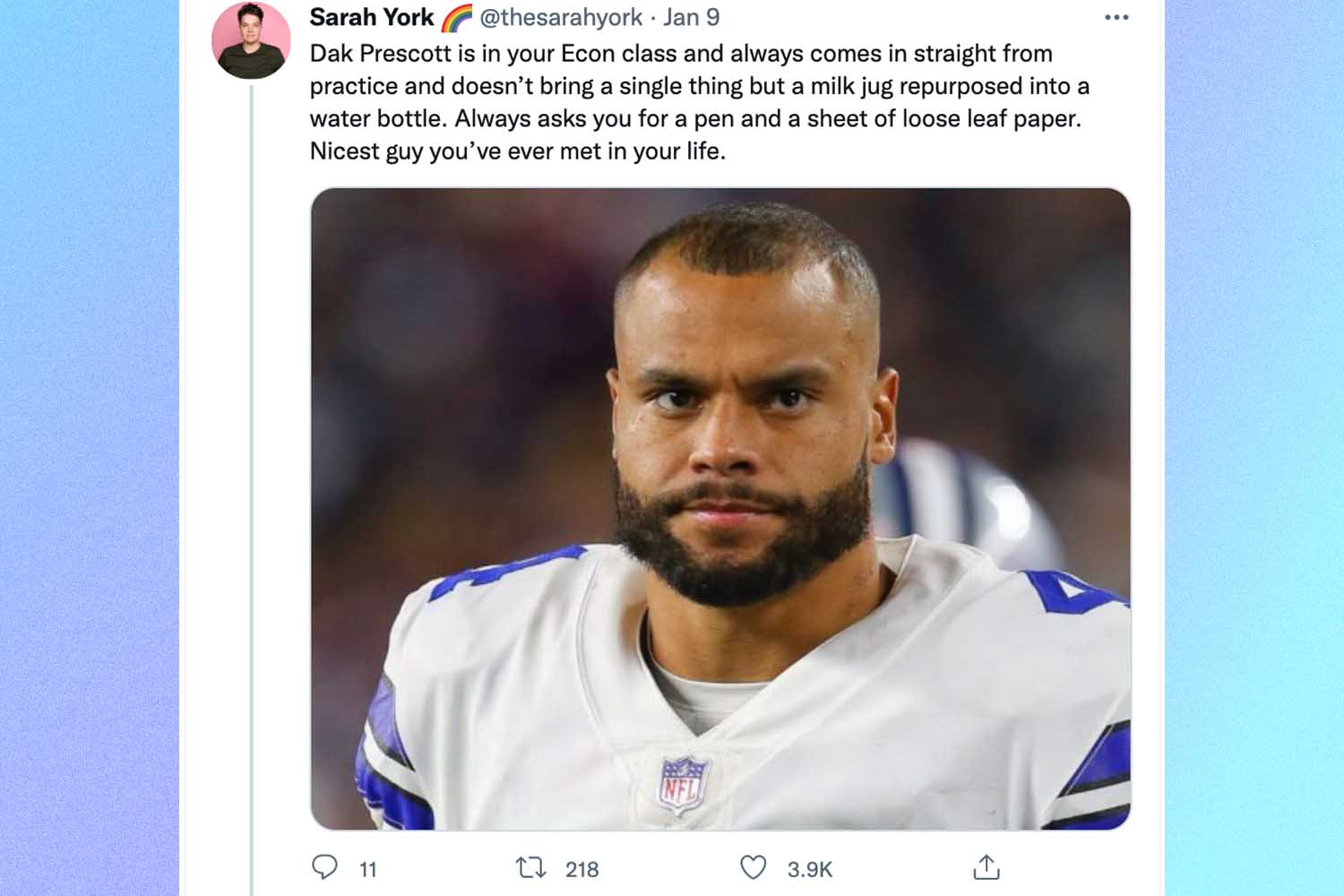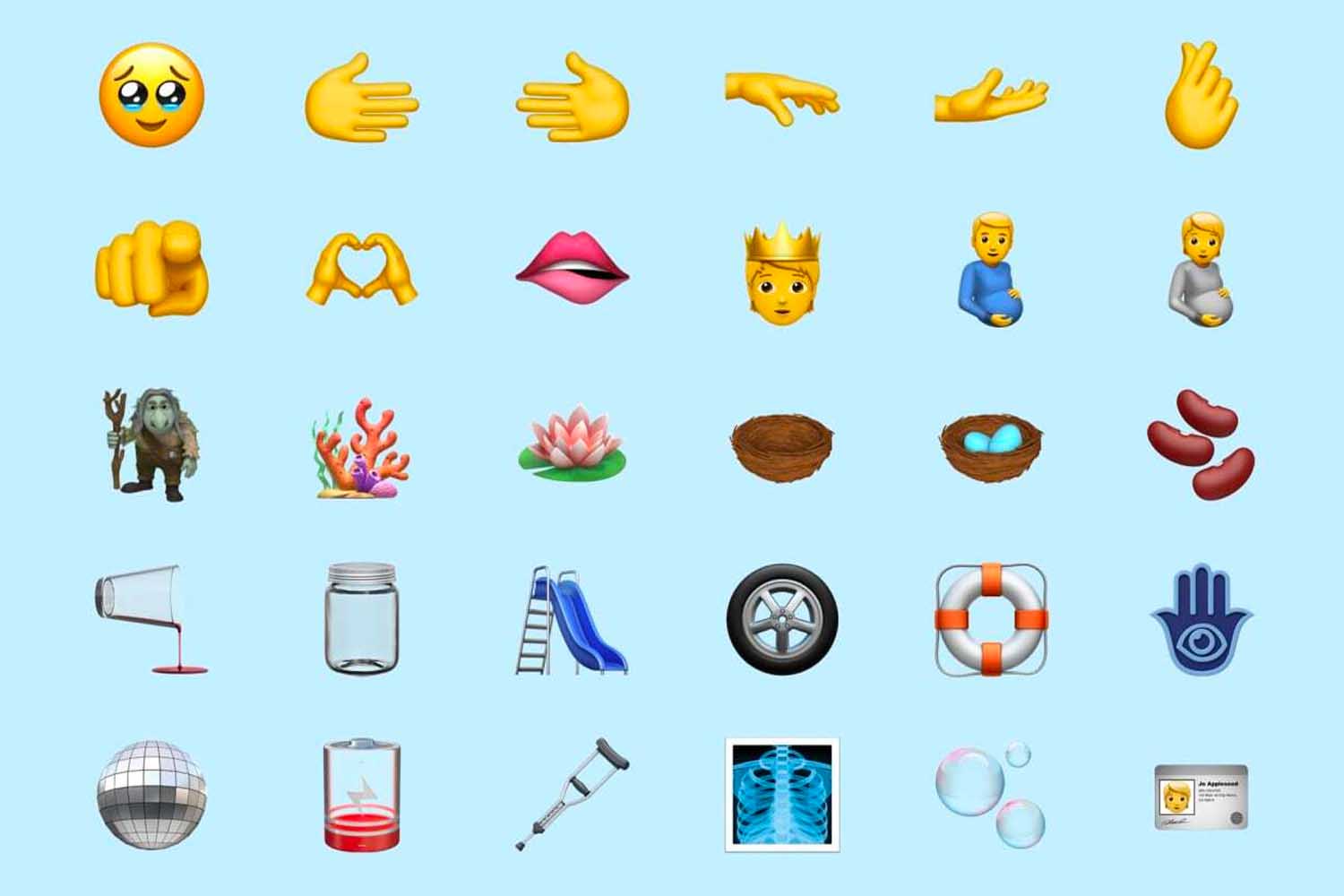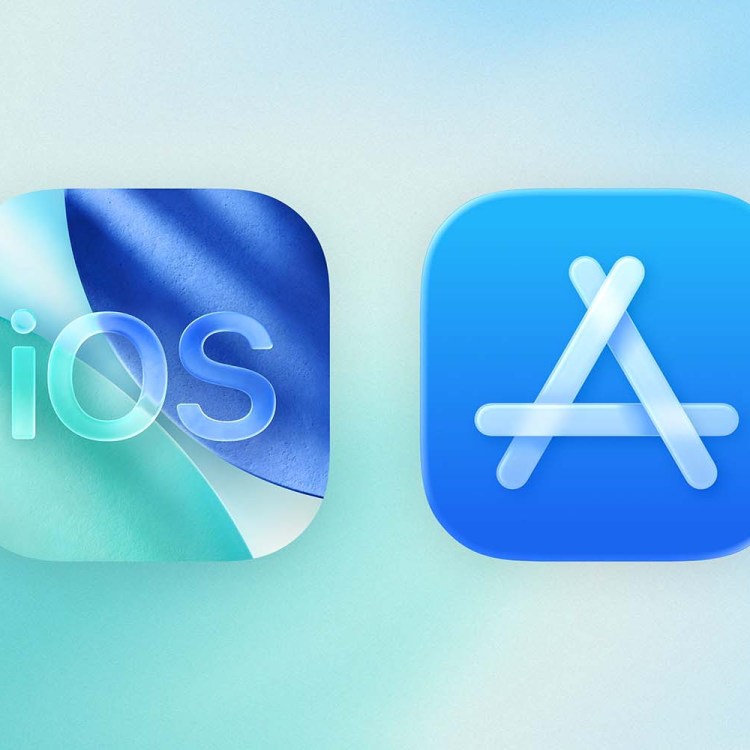On Thursday, Twitter announced it would be expanding its experimental downvote feature to a global audience. Testing of the new feature began last year and was accessible to a select group of internet users. After receiving positive feedback on its decidedly negative new trick, Twitter is now extending the button to iOS and Android users worldwide.
The button may remind you of a similar feature that’s been a part of Reddit since 2005. Upvotes and downvotes on the popular forum website are used to highlight relevant and favored replies and posts from users in a particular subreddit. However, the downvote feature being tested on Twitter will work a little differently.
The feature currently in trial is completely invisible to user, and is thus less about publicizing distaste for a particular post than it is helping Twitter better understand the types of posts users prefer to see. According to the social media company, the feature is helping users filter out the types of replies they find offensive or not relevant to their interests.
“A majority of our users shared that the reason they clicked the down arrow was either because the reply was perceived as offensive, or because they perceived it as not relevant, or both,” Twitter said.
Whether or not the downvote feature will improve conversations on Twitter — most of which are overflowing with vitriol and anger — is really anyone’s guess. On the one hand, it could lessen unnecessarily rude or downright vicious and offensive comments. On the other hand, downvotes can be utilized for targeted harassment campaigns, particularly to silence marginalized groups, or even censor dissenting opinions if the feature becomes a part of Twitter’s algorithm.
Looking at how other social media sites’ reaction buttons have gone over could provide further insight into how Twitter’s new downvote feature may play out. (Spoiler, not great.)
In November 2021, YouTube made the number of dislikes a video received private across its platform but kept the dislike button. In an experiment conducted by the company, when the dislike count was removed, users were “less likely to target a video’s dislike button to drive up the count.” This decreased targeted dislike campaigns which are often directed at smaller creators, according to YouTube. Meanwhile, researchers found that Facebook/Meta’s emoji reaction system that was implemented in 2016 ended up leading to more inflammatory content being pushed onto users’ feeds.
I don’t often applaud social media giants for how they combat harassment on their platforms because most of the time they simply don’t, but I will give Twitter some credit for how it’s handling hostility on its site. Offensive or crude replies rarely show up in my notifications tab, and the only time I see that I’ve been sent something awful at all is when I scroll back down my own feed and notice the number of replies to a tweet I made. Any mean-spirited responses are almost always automatically hidden by Twitter and have to be manually retrieved by clicking the “Show more replies” button. This mechanism has kept me from internalizing every terrible thing some anonymous loser has said about me, so perhaps the downvote feature will be similarly successful. Or it’ll turn into yet another shortsighted tech-company mishap — guess we’ll see!
Thanks for reading InsideHook. Sign up for our daily newsletter and be in the know.


















